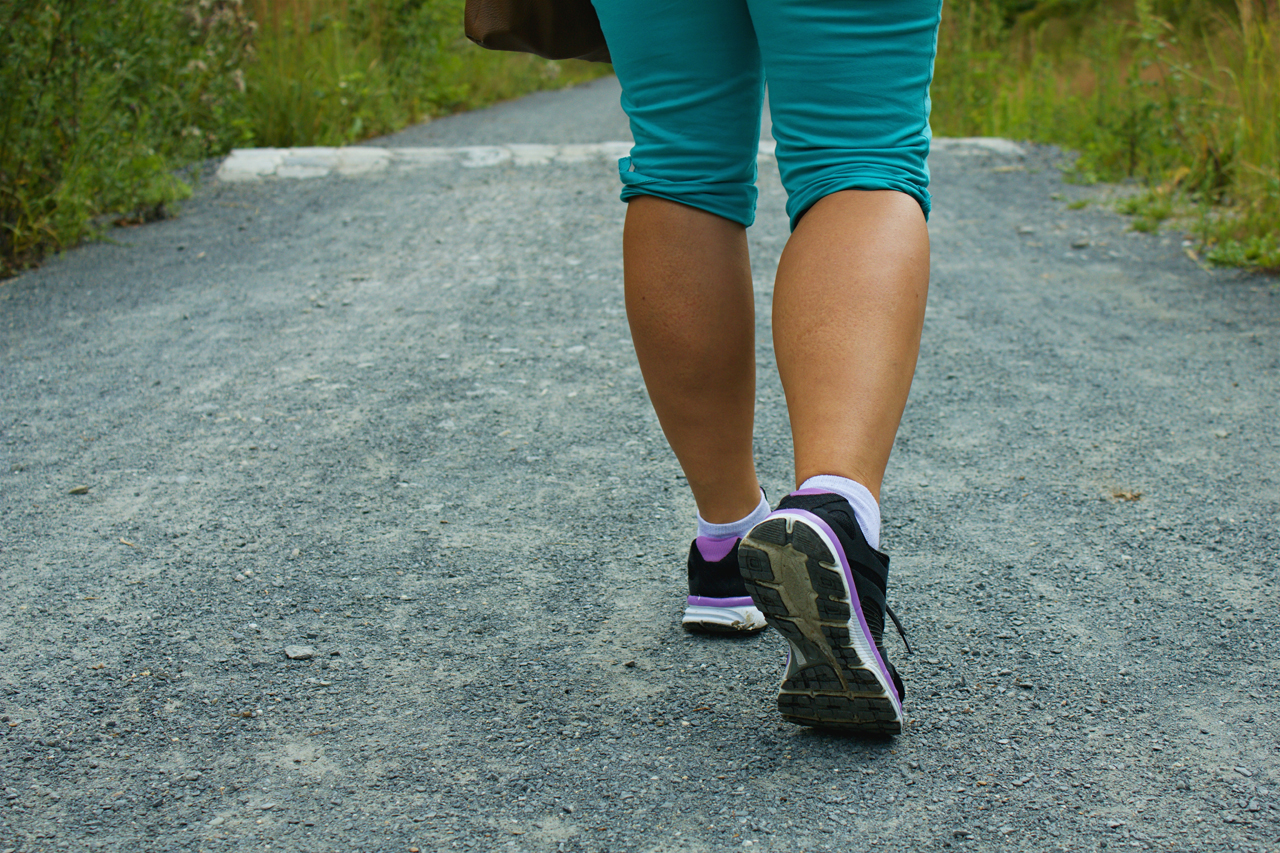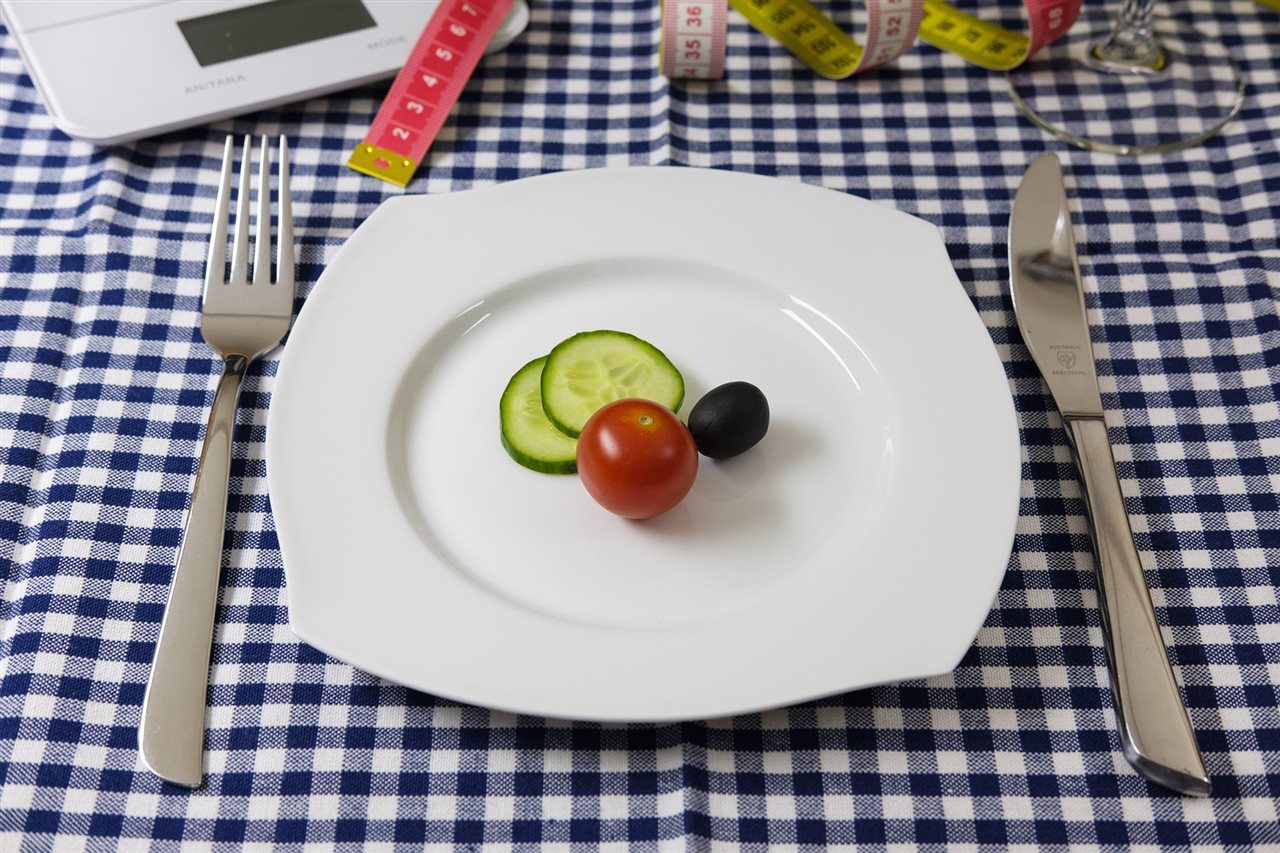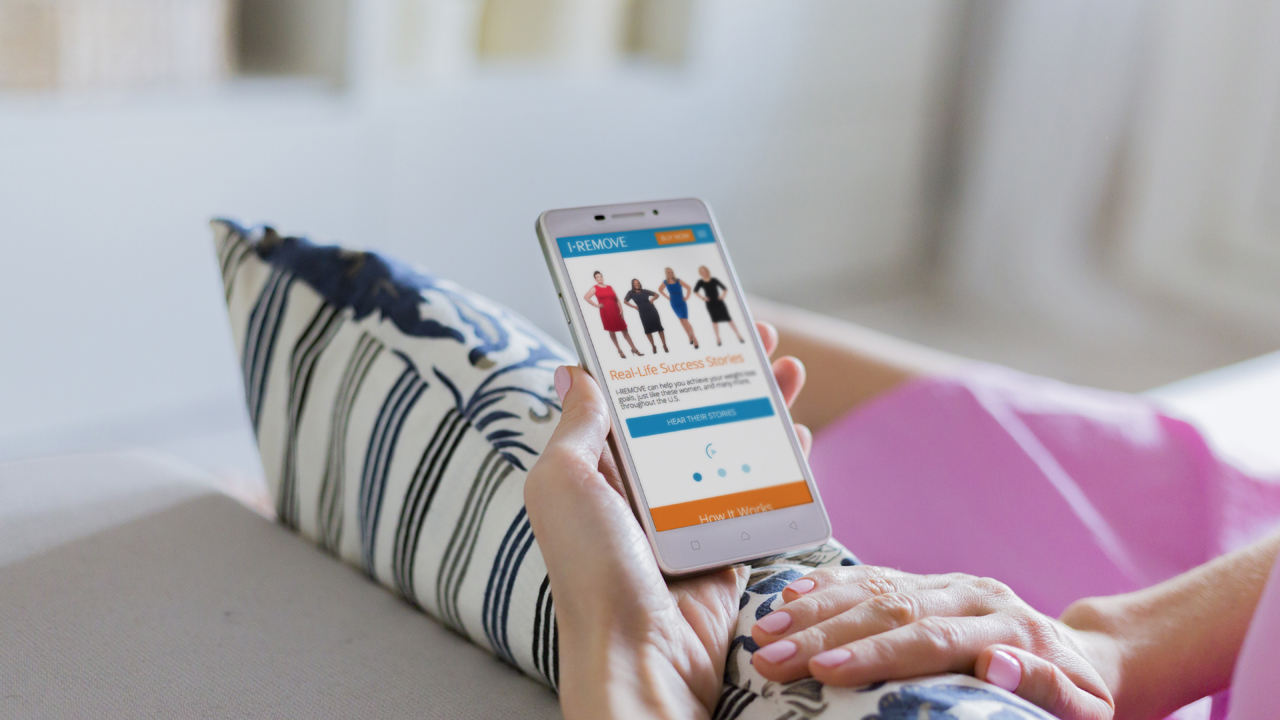2018-04-03T09:01:00
(BPT) – Many women and their doctors are still confused about the safety of estrogen. When introduced, estrogen was believed to be good for you. But, following the Women’s Health Initiative study 15 years ago, women were told that hormone therapy could, in fact, lead to an increased risk of cancer, blood clots and heart disease. Nothing could be further from the truth, according to Dr. Mache Seibel, author of The Estrogen Fix.
Today, women are learning that use of hormone therapy (HT) can minimize risks and maximize menopausal relief for common symptoms like hot flashes, dryness, mood swings, fractured sleep, brain fog, irritability and weight gain. When taken at the right time, estrogen therapy can lead to substantial improvements in health and quality of life and lower the risk of breast cancer, heart disease, and dementia. Women should be aware of one caveat: beginning estrogen after a woman’s estrogen window closes at age 65 may increase their risk for breast cancer, heart disease, Alzheimer’s and osteoporosis.
Heeding advice about how and when to stop taking HT is important and revealed in new studies featured in Dr. Seibel’s The Estrogen Fix. The book reaffirms the safety of vaginal estrogen for the heart and brain, as well as its effectiveness in controlling weight; additionally, the book outlines newly available estrogens and progesterones, discusses misconceptions about compounded hormones and estrogen pellets and offers the latest hormone-free FDA solutions for women with vaginal dryness.
The following are 5 creative approaches to combat menopausal symptoms:
1. Hot flashes: Women experiencing hot flashes and night sweats can find relief using an FDA-approved estrogen hormone therapy called Divigel, a cool, clear gel that is applied to the upper thigh daily. It contains the plant-based estrogen hormone estradiol, the same hormone made naturally by a woman’s ovaries before menopause and delivers estrogen identical to that naturally produced in the body.
2. Irritability/sleeplessness: Quality sleep is often a challenge during menopause and can contribute to high blood pressure, diabetes, heart disease and obesity. A natural supplement with melatonin like Vitafusion Beauty Sleep promotes a good night’s sleep without prescription medication. Sex and/or self-pleasure are natural ways to decrease stress and can help with the onset and quality of sleep. The oxytocin released with hugging, stimulation and orgasm can increase feelings of calm and safety, causing cortisol levels to drop, thus optimizing sleep. Orgasm releases prolactin, helping you fall asleep faster and more efficiently.
3. Painful sex: Internal vaginal dryness can be relieved for three days with hormone-free Replens Vaginal Moisturizer. Alternatively, prescription remedies like vaginal estrogen or DHEA can be used. Don’t forget to incorporate a personal silicone lubricant like Replens Silky Smooth just before sex to ease penetration, increase comfort and reduce abrasion.
4. Weight gain? Eat to defeat menopause: Food is the fuel for every cell in your body, so avoid packaged and processed foods and limit sugary drinks and desserts to ensure you’re optimizing energy. Stick to unprocessed whole foods as there are no hidden ingredients or calories. Your body will also appreciate fresh and/or organic produce and hormone-free meat or grass-fed beef as often as possible. Eat to Defeat Menopause: The Essential Nutrition Guide for a Healthy Midlife offers practical advice and information on how to choose and prepare meals to optimize health during menopause.
5. Hair lacking luster, less-than-glowing skin and brittle nails: Loss of estrogen leaves many women dealing with thinning hair, increased dry skin and brittle or breaking nails. Introducing biotin into your diet with a raspberry-flavored gummy like Vitafusion Gorgeous Hair, Skin & Nails can ensure you’re consuming sufficient biotin and other helpful nutrients including vitamins C and E.
Every woman has safe, new options, from prescription HT to those available over-the-counter, to suit her unique needs. Schedule a chat with your health provider to discuss the right hormone therapy or alternative option for your personal menopausal challenge.














